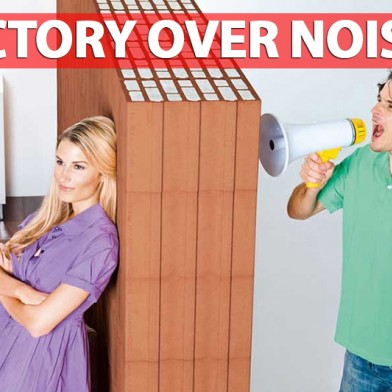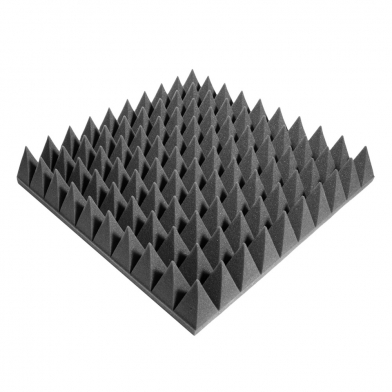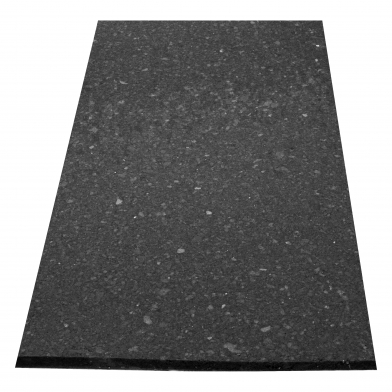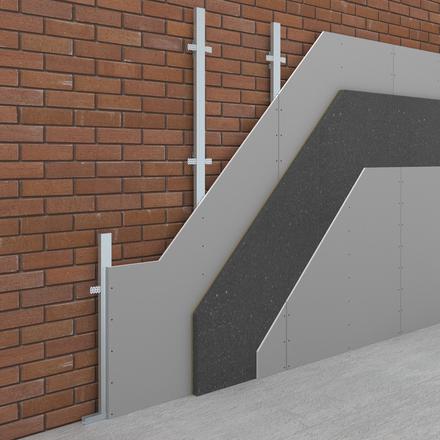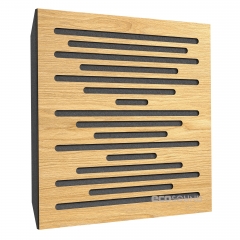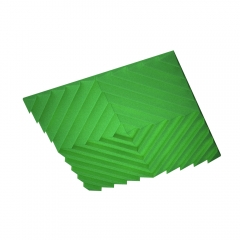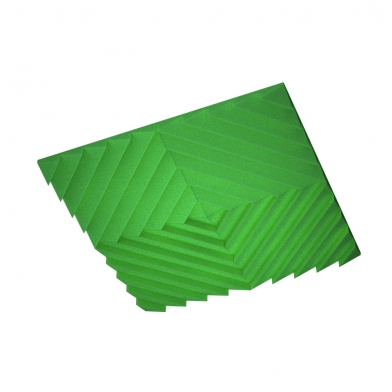Victory over noise
- 09 may 2016 09:33:00
- Reviews: 0
- Views: 14006
-

Soundproofing - reducing the level of noise penetrating into the premises from the outside.
The quantitative measure of sound insulation of enclosing structures is expressed in decibels.
Usually soundproofing is produced for:
- Sten
- Ceilings
- Paula
- Partitions
- Trumpets

The degree of need for soundproofing floors depends on the characteristics of the materials used in construction and compliance with all technological standards. For example, in the case of the construction of floors from high-quality factory concrete slabs, with their careful and accurate installation, sound insulation may not be required for several years.
The term soundproofing has always been considered synonymous with the term soundproofing . But now, according to an unspoken rule on the Internet, the term soundproofing is most often referred to as protection against noise in rooms, while soundproofing is more often used when talking about noise protection in cars.

Types of noise
Soundproofing measures for rooms are designed to deal with four types of noise:
Impact noise occurs when the structure of a room receives a blow and the resulting vibrations are transmitted to walls or ceilings. Impact noise occurs when heavy objects hit the floor, moving furniture, the sound of footsteps, hitting the wall. Sound vibrations can propagate quite far along structures, as they are transmitted to all adjacent walls, ceilings and floors.
Defeating such noise is quite costly.
At a minimum, complex soundproofing of all floors is used in combination with vibration fasteners .
The best solution to this problem is a technology called "Room in a room"
With the help of various technologies, the walls and floors of the room are acoustically untied from the frame of the building
This is a rather expensive technology, but it is the most effective for impact noise problems.
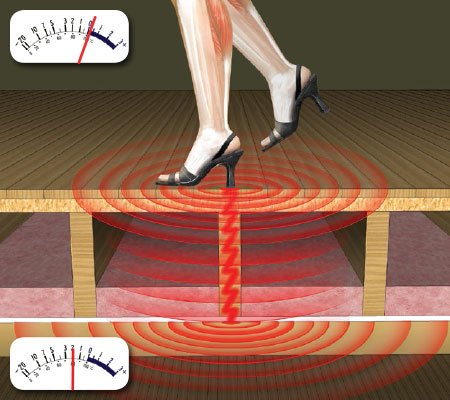
Airborne noise travels through the air, but walls and ceilings do not absorb airborne sound vibrations well enough. The ability to absorb sounds by walls and ceilings depends on the material of which they are composed. The more massive the partitions, the greater the soundproofing effect they have. In rooms, airborne noise is most often loud voices, loud music, barking dogs.
An excellent solution is to soundproof walls and ceilings with Acoustic Wool, Macsound Prof soundproofing material and floor soundproofing with Macsound Floor soundproofing material.

Structural noise occurs when vibrations are transmitted by pipes, ventilation shafts and other communication elements. Some communication elements can transmit sounds over long distances.
For soundproofing pipes, our experts recommend using soundproofing membranes

Acoustic noise most often occurs in unfurnished rooms and manifests itself in the form of an echo.
Our following products from the section Acoustic materials are dedicated to the features of working with echo and reverberation of rooms:
- Acoustic foam pyramid
- acoustic panels
- bass traps
- Diffusers-Diffusers
- acoustic ceilings



